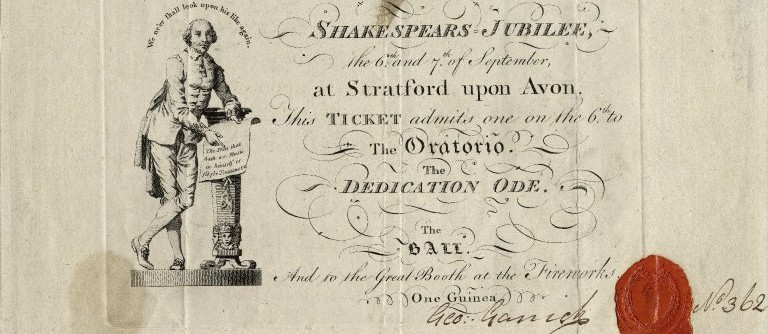The National Citizen and Ballot Box was a monthly journal deeply involved in the roots of the American feminist movement. It was owned and edited by Matilda Joslyn Gage, American women’s rights advocate, who helped to lead and publicize the suffrage movement in the United States. Gage bought The Ballot Box, a publication of a Toledo, Ohio suffrage association, in 1878 when its editor, Sarah R.L. Williams, decided to retire. Gage renamed it the National Citizen and Ballot Box, and included her intentions for the paper in a prospectus: “Its especial object will be to secure national protection to women citizens in the exercise of their rights to vote…it will oppose Class Legislation of whatever form…Women of every class, condition, rank and name will find this paper their friend.” Gage, along with Susan B. Anthony and Elizabeth Cady Stanton, was a founding member of the National Woman Suffrage Association and served in various offices of that organization for twenty years. She co-authored with Stanton and Anthony the first three volumes of A History of Woman Suffrage. In 1879 The National Citizen and Ballot Box published the early sections of this work, including Stanton’s account of the first women’s rights convention in Seneca Falls in 1848, of which she was believed to have been the driving force. The newspaper was used prior to printing in book form in order to provide an opportunity for comment. [to the database]
 The Lily the first newspaper for women, was issued from 1849 until 1853 under the editorship of Amelia Bloomer (1818-1894). Published in Seneca Falls, New York and priced at 50 cents a year, the newspaper began as a temperance journal for “home distribution” among members of the Seneca Falls Ladies Temperance Society, which had formed in 1848. Although women’s exclusion from membership in temperance societies and other reform activities was the main force behind the initial publication of The Lily, it was not at first a radical paper, its editorial stance conforming to the emerging stereotype of women as “defenders of the home.” [to the database]
The Lily the first newspaper for women, was issued from 1849 until 1853 under the editorship of Amelia Bloomer (1818-1894). Published in Seneca Falls, New York and priced at 50 cents a year, the newspaper began as a temperance journal for “home distribution” among members of the Seneca Falls Ladies Temperance Society, which had formed in 1848. Although women’s exclusion from membership in temperance societies and other reform activities was the main force behind the initial publication of The Lily, it was not at first a radical paper, its editorial stance conforming to the emerging stereotype of women as “defenders of the home.” [to the database]
Godey’s Lady’s Book In Philadelphia in 1830 Louis Antoine Godey (1804-1878) commenced the publication of Godey’s Lady’s Book which he designed specifically to attract the growing audience of American women. The magazine was intended to entertain, inform and educate the women of America. In addition to extensive fashion descriptions and plates, the early issues included biographical sketches, articles about mineralogy, handcrafts, female costume, the dance, equestrienne procedures, health and hygiene, recipes and remedies and the like. Each issue also contained two pages of sheet music, written essentially for the pianoforte. Gradually the periodical matured into an important literary magazine containing extensive book reviews and works by Harriet Beecher Stowe, Edgar Allan Poe, Nathaniel Hawthorne, Henry Wadsworth Longfellow and many other celebrated 19th century authors who regularly furnished the magazine with essays, poetry and short stories. Godey’s Lady’s Book also was a vast reservoir of handsome illustrations which included hand-colored fashion plates, mezzotints, engravings, woodcuts and, ultimately, chromolithographs.  In 1836 Godey purchased the Boston-based American Ladies’ Magazine which he merged with his own publication. Most importantly, Sarah Josepha Hale (1788-1879) became the new editor of Godey’s Lady’s Book. Mrs. Hale brought substance to the magazine, and wrote frequently about the notion of “women’s sphere.” In 1846 she stated, “The time of action is now. We have to sow the fields—the harvest is sure. The greatest triumph of this progression is redeeming woman from her inferior position and placing her side by side with man, a help-mate for him in all his pursuits.” Her steadfast devotion of purpose and her unwavering editorial principles regarding social inequalities and the education of American women, made her one of the most important editors of her time. Under Mrs. Hale’s tutelage the magazine flourished, reaching a pre-Civil War circulation of 150,000. Godey and Hale became a force majeure in American publishing and together produced a magazine which today is considered to be among the most important resources of 19th century American life and culture. [to the database]
In 1836 Godey purchased the Boston-based American Ladies’ Magazine which he merged with his own publication. Most importantly, Sarah Josepha Hale (1788-1879) became the new editor of Godey’s Lady’s Book. Mrs. Hale brought substance to the magazine, and wrote frequently about the notion of “women’s sphere.” In 1846 she stated, “The time of action is now. We have to sow the fields—the harvest is sure. The greatest triumph of this progression is redeeming woman from her inferior position and placing her side by side with man, a help-mate for him in all his pursuits.” Her steadfast devotion of purpose and her unwavering editorial principles regarding social inequalities and the education of American women, made her one of the most important editors of her time. Under Mrs. Hale’s tutelage the magazine flourished, reaching a pre-Civil War circulation of 150,000. Godey and Hale became a force majeure in American publishing and together produced a magazine which today is considered to be among the most important resources of 19th century American life and culture. [to the database]

